In the world of eCommerce, while mobile apps aren’t the sole critical channel, they are key to reaching a vast audience of smartphone users, potentially turning them into loyal customers. Beyond just the development platforms, the choice of programming language plays a significant role in enhancing mobile app development. However, with a plethora of options for creating effective apps for various brands, it’s easy to feel overwhelmed about the right approach to take.
This article introduces mobile application with Python, a leading programming language in mobile app development, helping you understand:
- Why Python is a preferred choice for mobile app development.
- Successful case studies of mobile apps developed with Python.
- Steps to develop a mobile application using Python.
As the use of Python in mobile app development surges, seizing this opportunity can place you at the forefront of the market, leveraging time-to-market benefits.
Continue reading to dive deeper into Python’s role in mobile app development!
Table of Contents
- What Is Python?
- Why You Should Use Mobile Development with Python
- What Type of Apps Can You Develop in Python?
- Pros and Cons of App Development with Python
- Top Python Tools for App Development
- Prominent Examples of a Mobile Application Using Python
- Essential Resources for Developing a Mobile Application with Python
What Is Python?
Python is the name of a programming language, that is, the detailed code written by developers according to a certain logic, combining keywords to create many different programs for websites, apps, and software for mobile, computer, etc. In other words, only the machines can read the language and turn the instructions into the different programs you want.
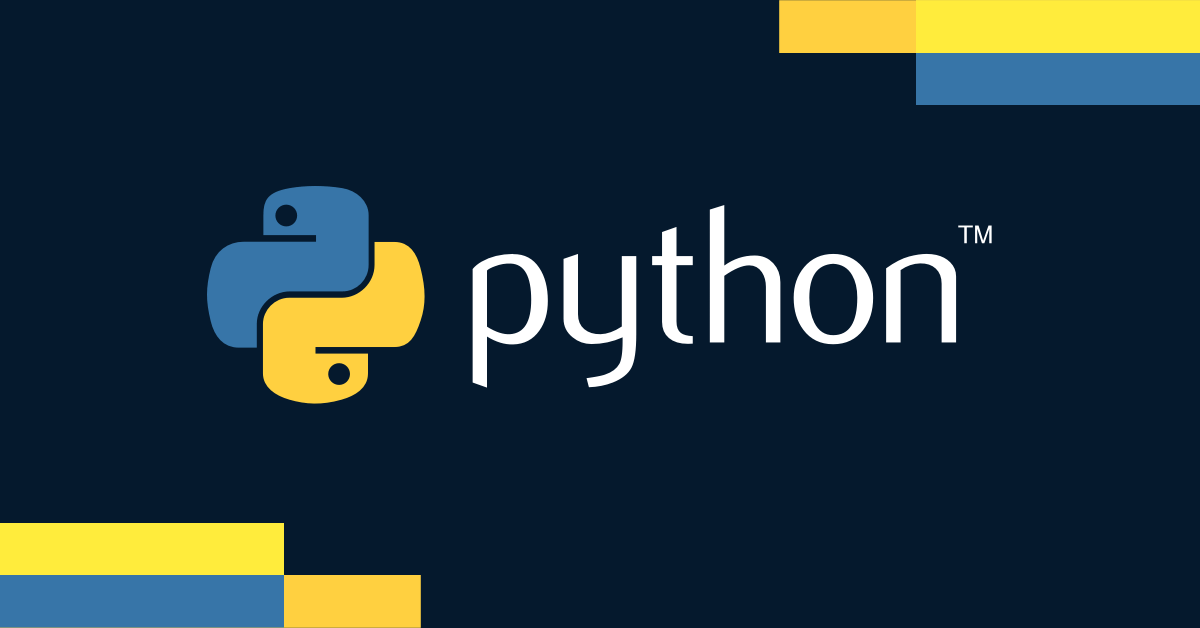
So what are the characteristics of the Python programming language?
It was created by programmer Guido Van Rossum in the 80s. Python uses the BeeWare and the Kivy frameworks, and it is an interpreted, object-oriented, and high-level programming language. It has a robust built-in data structure, but thanks to its combination of dynamic typing and binding, it’s not struggling for users to use to develop applications.
Known for its user-friendliness and readability, Python enables quicker development cycles, a crucial advantage in the fast-paced mobile industry. Although once it was challenging to develop Python-based mobile apps due to the lack of interpreter language support on iOS and Android, the landscape has evolved.
Today, innovative frameworks like Kivy and BeeWare enable Python applications to be effectively run on mobile devices, offering an authentic user experience. These frameworks allow developers to transform a single code base into applications for multiple platforms such as iOS and Android, bypassing the need to create distinct apps for each platform. This flexibility and efficiency make Python an increasingly compelling option for mobile app development.
Here are a few details to give you an overview of Python. So you might be wondering: Should I build mobile applications with Python? Let’s dive into the benefits of the programming language that used to be the world’s top 1 in popularity.
Why You Should Use Mobile Development with Python
When selecting a programming language for your software project, it’s crucial to weigh the features and benefits of each option. Ask yourself, What advantages will this language offer? to identify the best fit for your needs. Here’s why Python is a strong contender for mobile development.
Easy-to-read Code
As mentioned, Python is a programming language combining dynamic typing and binding, making it simpler than ever. So, whether you are a newbie or a skillful programmer, you can easily create a mobile application with Python and update the software without knowing a lot of complicated code.
Its simplicity and clarity make it quick and easy to learn, ensuring a steady supply of developers for your project. The straightforward structure of the language significantly reduces development time.
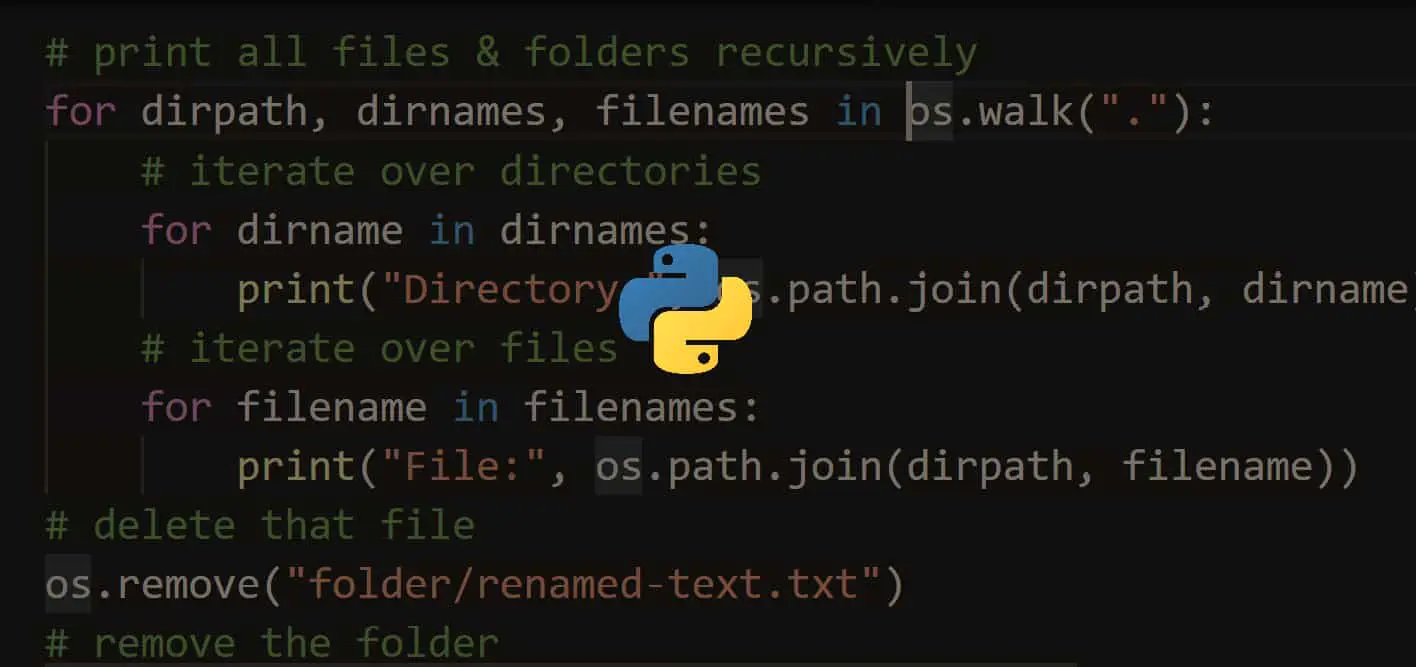
Moreover, the lighter and more readable the code, the simpler it is to locate and rectify errors within a project, as well as to implement any necessary changes. This accessibility also benefits new team members, who can swiftly grasp the project’s codebase and begin contributing productively in a shorter timeframe.
The benefits of Python’s easy-to-read code are extensive and play a crucial role in streamlining the development process, which is especially valuable in the realm of mobile application development.
Speedy Response
Python’s approach to code execution sets it apart from languages like Java or Swift, which require compilation. Thanks to its interpreter, Python runs programs directly, offering a significant benefit in terms of speed and responsiveness.
This immediate execution model allows Python to spot and report errors in real-time. As a result, developers can quickly identify and rectify issues as they arise, leading to a significant improvement in productivity.
Python’s ability to provide speedy responses and immediate error reporting is a key advantage, especially in the fast-paced world of mobile application development.
High Compatibility
Python’s high compatibility is one of its standout benefits, especially in the diverse world of software development. This programming language isn’t limited to just one domain; it enables the creation of mobile apps, desktop programs, and websites alike. When you develop eCommerce mobile applications in Python, you have the flexibility to write native applications for both Android and iOS.
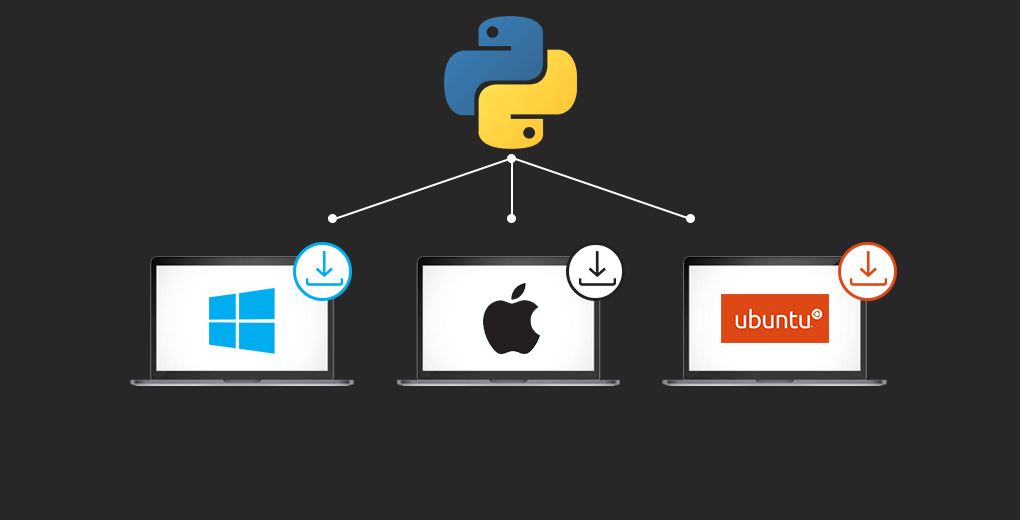
Additionally, Python excels in cross-platform development, allowing you to create applications that function seamlessly on both operating systems without the need for complex adjustments. This feature is a significant advantage in terms of cost efficiency and time management. By using Python, you eliminate the need to recreate the same application for different platforms, thereby reducing development costs.
Moreover, this ability to cater to multiple platforms simultaneously can significantly accelerate the product launch process. In the highly competitive application market, where time-to-market can be a critical factor, Python’s high compatibility offers a substantial edge, streamlining the development process and helping your product stand out.
Test-driven Development
Python’s support for Test-Driven Development (TDD) is another significant benefit of this programming language. TDD is a unique and effective approach to software development, particularly appealing for its emphasis on precision and quality.
In TDD, the process begins with writing unit tests for each new feature or change before actually implementing it in the program code. Only after these tests are created and pass successfully, does the actual code refactoring or development take place.
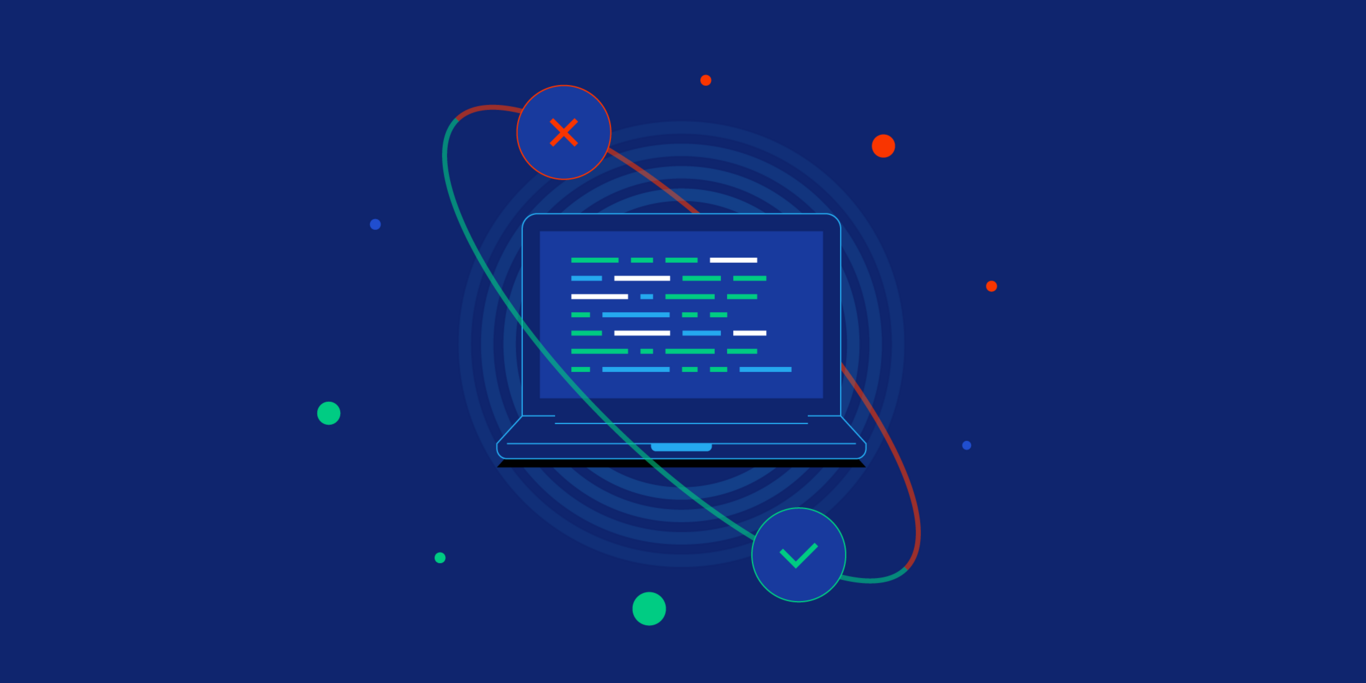
This methodology, when applied in Python application development, leads to a more efficient and robust product architecture. Python’s compatibility with TDD ensures that each aspect of the application is thoroughly tested, providing a comprehensive coverage of automated tests.
The successful execution of these tests before implementation signifies a high-quality end product. Employing TDD in Python not only streamlines the development process but also greatly enhances the reliability and stability of the application, making it a preferred choice for developers aiming for excellence in their software products.
High-standard Library
Python stands out among programming languages for its ability to save significant time and effort, and a key reason for this is its high-standard library. The diverse range of Python libraries is particularly beneficial when venturing into mobile app development. These libraries provide a solid foundation, meaning you don’t have to start building your application’s code from scratch.
Whether you’re developing for Android or other platforms, Python’s libraries offer a wealth of pre-written code that can be easily adapted and incorporated into different parts of your application. This availability of extensive, ready-to-use coding resources not only streamlines the development process but also significantly eases the workload for developers.
Big Data Supported
The integration of big data has become essential in modern business practices, with companies increasingly relying on data analysis to enhance their outcomes. Python’s support for big data is a standout benefit, making it an attractive choice for developers and businesses alike.
The language’s extensive libraries simplify and make big data more accessible, particularly in the realm of mobile app development, where leveraging data can be crucial.
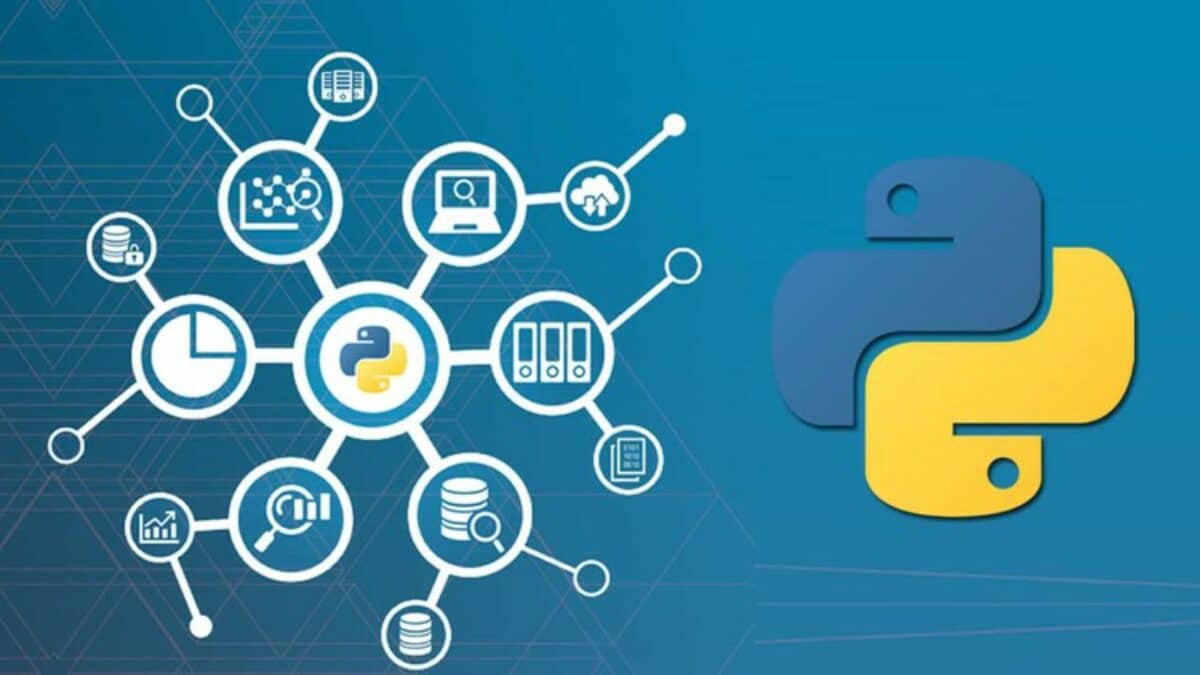
Python’s adeptness in handling big data, along with its other advantages, makes it nearly indispensable in many mobile application development scenarios. This proficiency has not gone unnoticed; numerous large companies and significant projects have adopted Python, recognizing its utility and convenience.
The adoption of Python by these entities is a testament to its effectiveness in catering to both business needs and user demands, especially in an era where data-driven decision-making is paramount.
What Type of Apps Can You Develop in Python?
Python, known for its flexibility and versatility, is a general-purpose programming language capable of executing a myriad of applications. Its broad applicability stems from its high functionality, making it suitable for a diverse array of uses.
While the following outlines some of the most common types of mobile applications that can be developed with Python, it’s important to note that this list is not exhaustive, reflecting just a glimpse of Python’s extensive capabilities in various domains.
Audio-video Apps
Python is adept at more than just music creation, it’s also highly capable in the realm of audio and video application development. The language comes equipped with a host of libraries like PyDub and MoviePy, which are specifically designed for audio and video processing. These tools enable developers to handle, edit, and manipulate media content with ease.
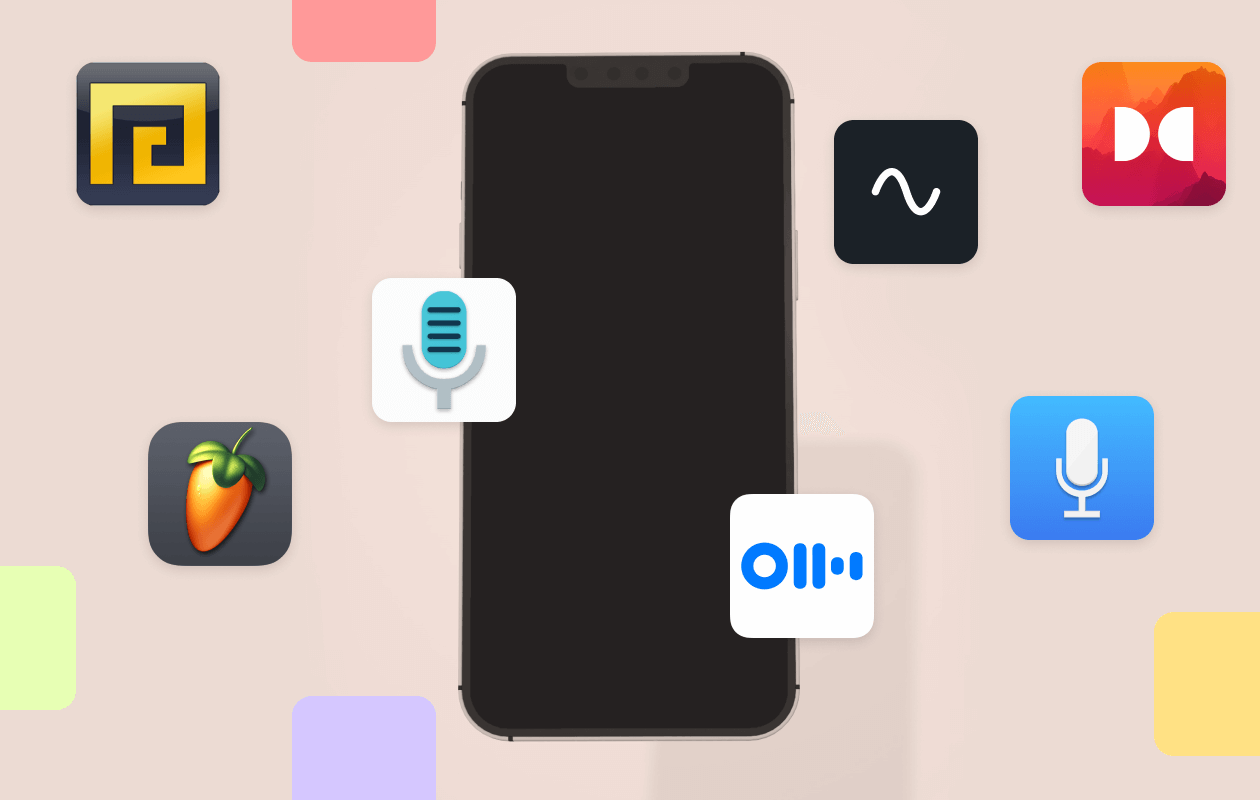
This makes Python an excellent choice for crafting applications focused on media, whether it’s for editing, streaming, or other forms of audio-video interaction. The versatility and power of Python’s libraries in this domain make it a go-to for developing sophisticated and feature-rich media applications.
Game App Development
Python may not be the most conventional choice for game development, yet it remains a viable and effective option for creating interactive games. The language offers frameworks such as Pygame, which equip developers with the essential tools needed for game creation. Python’s straightforward syntax simplifies game logic and design, making it more accessible for developers.
Blockchain Application
Blockchain programming poses significant challenges, but Python simplifies this complex task for developers. Its straightforward nature makes Python an ideal choice for developing blockchain applications. With Python, developers can easily use HTTP requests to interact with the blockchain over the internet.
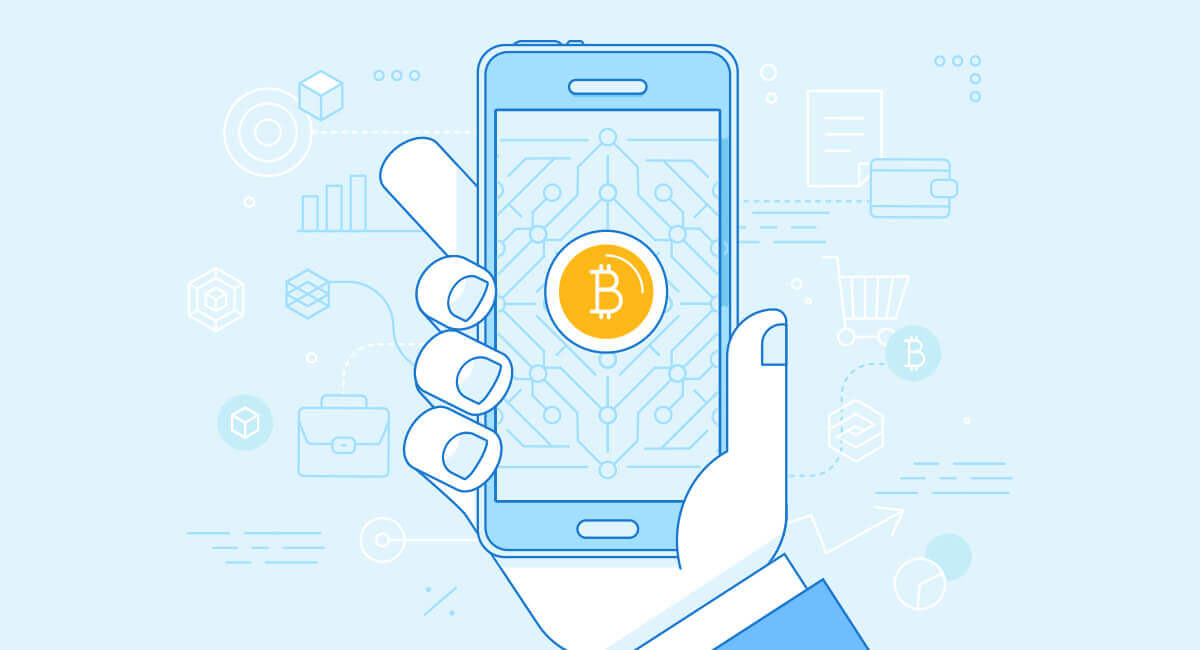
Additionally, Python’s framework Flask is particularly useful in blockchain development. It allows developers to create endpoints for various blockchain functions, facilitating the integration of different operations within the blockchain.
Python’s capabilities extend to building distributed networks and running scripts across multiple computers, making it a powerful tool for the intricate and distributed nature of blockchain technology. This ease and flexibility make Python a popular choice for blockchain application development.
Command-line Apps
Python is highly effective for developing command-line applications, also known as console applications. These are computer programs that run from the command line or shell, operating without a graphical user interface.
One of the key features that make Python suitable for such applications is its Real-Eval-Print Loop (REPL) functionality. This allows for interactive programming and quick testing of code snippets, which is particularly useful in the context of command-line applications.
Additionally, Python’s popularity has led to the availability of numerous free libraries, further facilitating the development of robust and feature-rich command-line applications. This abundance of resources, combined with Python’s simplicity and flexibility, makes it an excellent choice for creating efficient command-line tools.
Machine Learning Apps
Machine learning, a subset of artificial intelligence, involves using algorithms to feed data to systems, enabling them to make informed decisions. Python has significantly simplified the creation of machine-learning applications. It offers powerful and free libraries like Pandas and Scikit-learn, which are instrumental in developing sophisticated machine learning algorithms.
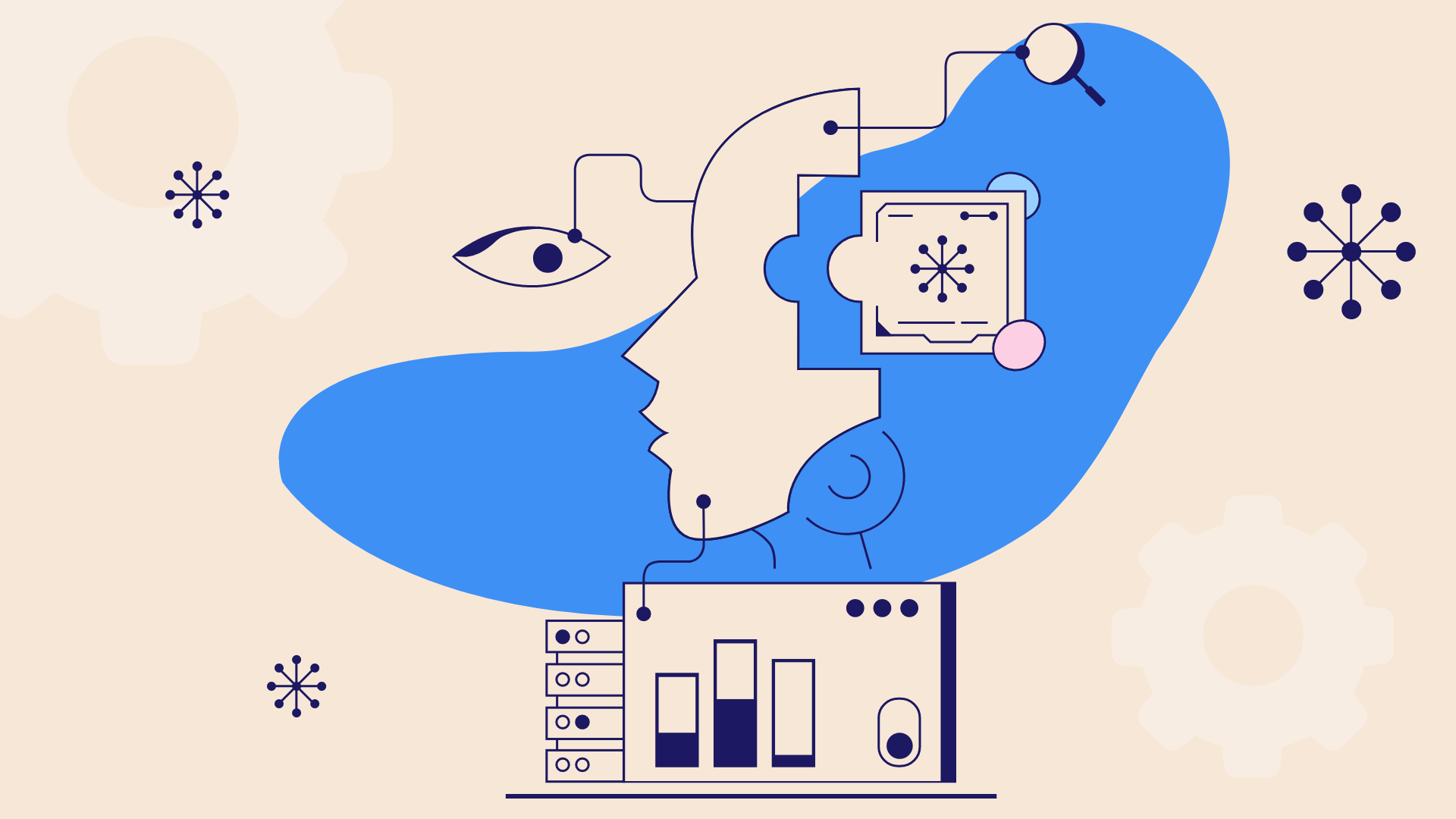
These libraries, available under the GNU license, provide a range of tools and functions specifically designed for machine learning tasks, making Python a go-to choice for developers in this field. Its ease of use and robust library support have made Python a preferred language for building advanced machine-learning applications.
Business Apps
Python is not only adept at developing general mobile apps but also excels in creating applications tailored to business needs. It is particularly useful in developing critical business tools such as eCommerce apps and Enterprise Resource Planning (ERP) systems.
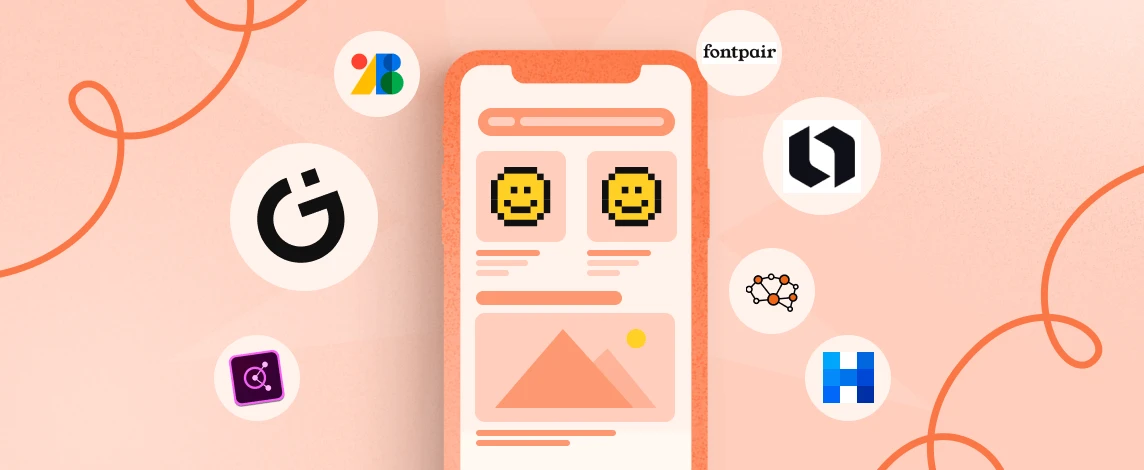
The relative ease of application development in Python makes it a popular choice among cross-platform mobile app development companies. A notable example of Python’s application in the business domain is Odoo, a widely used open-source business management software.
Written in Python, Odoo encompasses a broad spectrum of business applications, including Triton, a three-tier, high-level application designed for general business use. Python’s capabilities in handling complex business functionalities make it an excellent choice for developing versatile and efficient business applications.
Pros and Cons of App Development with Python
App development with Python comes with its own set of advantages and drawbacks. Understanding these can help you make an informed decision about whether Python is the right choice for your project. Here’s an overview.
Pros of App Development with Python
- Ease of Use and Readability: Python’s syntax is straightforward to learn, making it ideal for beginners and reducing the time needed for development.
- Large Standard Library: Python offers a vast collection of standard libraries that can simplify many aspects of app development, from data handling to user interface creation.
- Cross-Platform Compatibility: Python allows for the development of applications that can run across different platforms, including Windows, macOS, Linux, and more.
- Strong Community Support: Python has a large and active community, providing extensive resources, tutorials, and third-party tools, which can be incredibly helpful.
- Versatility: Python is suitable for a wide range of applications, including web development, data analysis, artificial intelligence, and more.
- Rapid Development: Python enables faster development of applications due to its simplicity and the availability of numerous frameworks.
Cons of App Development with Python
- Performance Limitations: Python is an interpreted language, which can make it slower in comparison to compiled languages like C++ or Java.
- Memory Consumption: Python’s applications can consume more memory, which might be a drawback for memory-intensive applications.
- Mobile Development Limitations: While Python can be used for mobile app development, it’s not as efficient as native languages like Swift for iOS or Kotlin for Android, especially in terms of performance and access to device-specific features.
- Runtime Errors: Python’s dynamic typing can sometimes lead to runtime errors, which might only become apparent during execution.
- Limited Database Access Layer: Python’s database access layers are underdeveloped compared to other technologies, which can be a hindrance for database-intensive applications.
- Threading Limitations: Due to the Global Interpreter Lock (GIL), Python’s multi-threading capabilities are restricted, which can be a drawback for CPU-bound applications.
Top Python Tools for App Development
To simplify your Python app development, selecting the right tools is essential. Starting with a Graphical User Interface (GUI) is crucial for Python-based mobile applications, with Kivy and BeeWare being the most popular frameworks. However, these are not the only tools at your disposal. Here are some key Python tools to consider for efficient and effective software development of your application.
Kivy
Kivy was first known to the public in early 2011 as an open-source Python library that is available for commercial and free software on Mac, Windows, Linux, and Raspberry Pi. When you use this Python framework for mobile app development, you will have an application that has a cross-platform Natural User Interface.
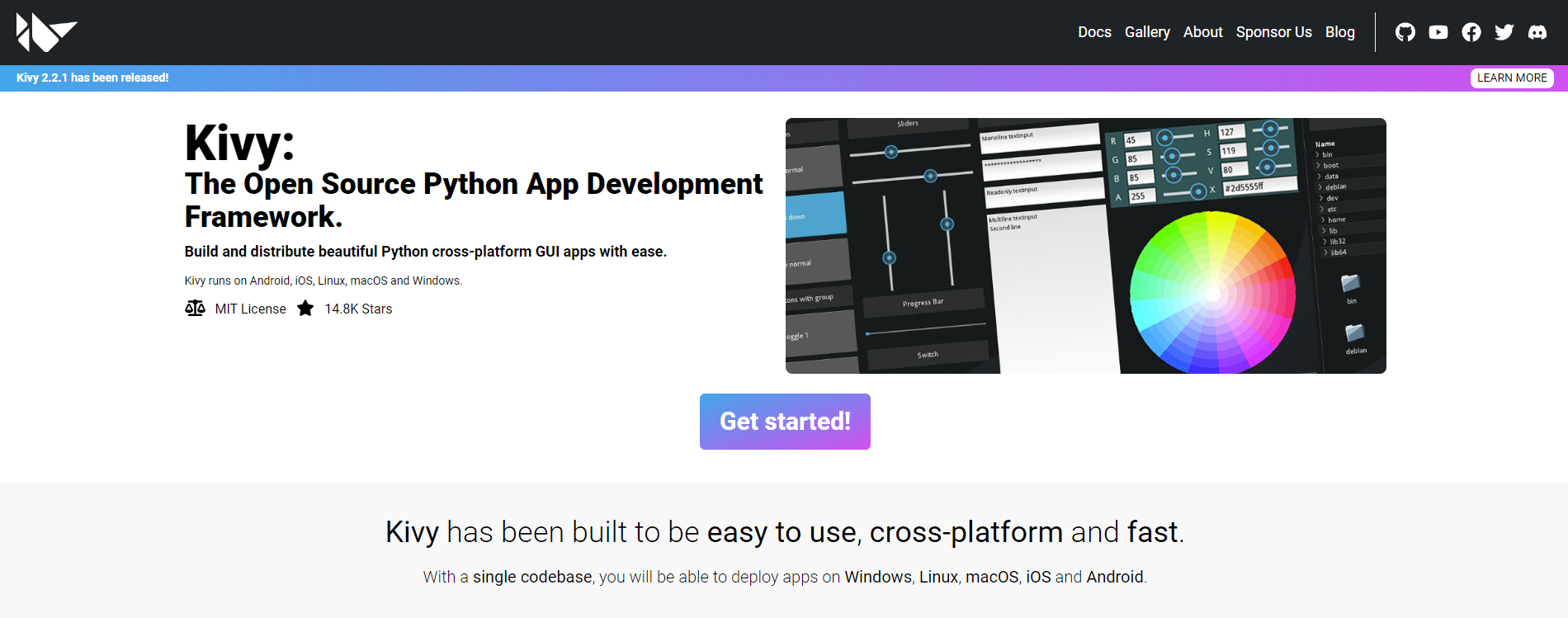
However, this interface won’t look like your user’s native app examples, simply because instead of using native controls or widgets, Kivy applies custom-drawn widgets. This feature can create a huge distinctive advantage for you to be able to compete with competitors in the market, making users more impressed with your mobile apps.
The non-native user interface in developing mobile apps isn’t so important, but if you still want to build an Android app with Python or build an iOS app with Python using the native user interface, then the language can still fulfill your needs with the BeeWare framework.
BeeWare
BeeWare, while still relatively new and may lack a few features, is the perfect choice if you are looking for a set of useful tools and an abstract layer making applications look 100% native on each platform, both mobile and desktop. The elements that make up the interface are provided by the base operating system.
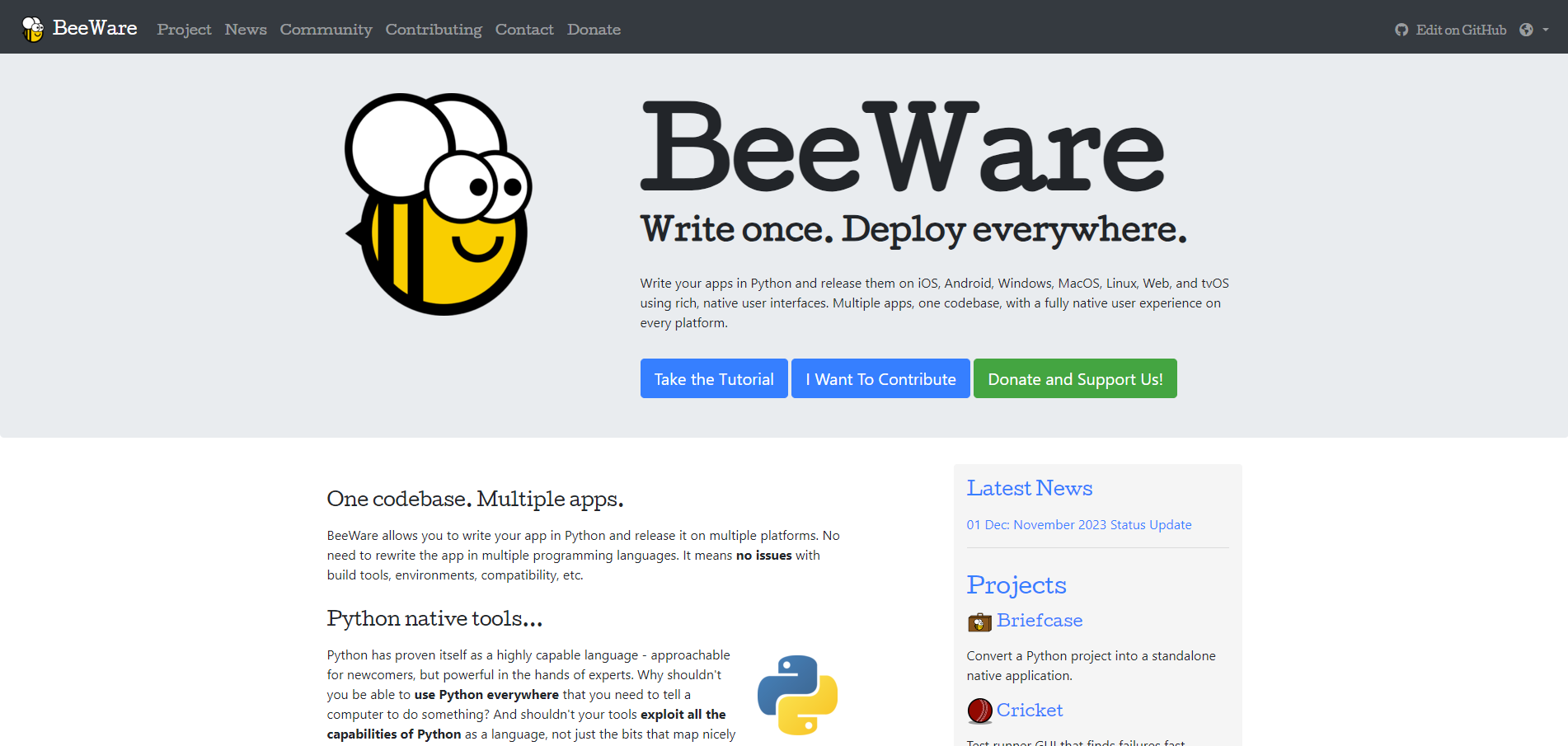
Besides, similar to Kivy, BeeWare also supports cross-platform mobile app development using Python, so you can reuse some tools from one platform to compile for another.
The biggest downside to this native framework is the inconsistency, meaning that there will be some variation in rendering on different platforms like Android and iOS.
Python-for-Android
Python-for-Android is a valuable tool that bridges Python with the Android operating system. Its main role is to set up a project folder containing all the necessary components to kickstart a mobile app. This folder includes Kivy, along with a range of libraries like Pygame, SDL, and others, which are essential for app development.
Additionally, it contains a Java loader, which acts as an intermediary between Kivy and the Android OS. As part of the development process, you will add your scripts to this project folder. Then, to build the application, you compile it using the Android Native Development Kit (NDK), turning your Python code into a functioning Android app. This tool simplifies the process of developing Python-based apps for Android, making it accessible and efficient.
PyJNIus
PyJNIus is a framework that facilitates interaction between Python and the Android API. This tool allows Python developers to access various functionalities of a mobile device, such as vibration control, pause, restart, and more.
However, a notable drawback of PyJNIus is that it demands a solid understanding of the Android API, and its usage can lead to a significant amount of code. It’s worth noting that PyJNIus is comparable to Java in terms of functionality and appearance, positioning it as a Python counterpart for Android development that requires more advanced knowledge of the underlying Android system.
Falcon
Falcon is a robust Python web framework, ideal for building large-scale applications and microservices’ back-ends. It offers intuitive routing with REST-inspired resource classes and URI templates, simplifying the process of defining and handling different endpoints. Falcon also provides straightforward access to headers and content through its request and response classes.
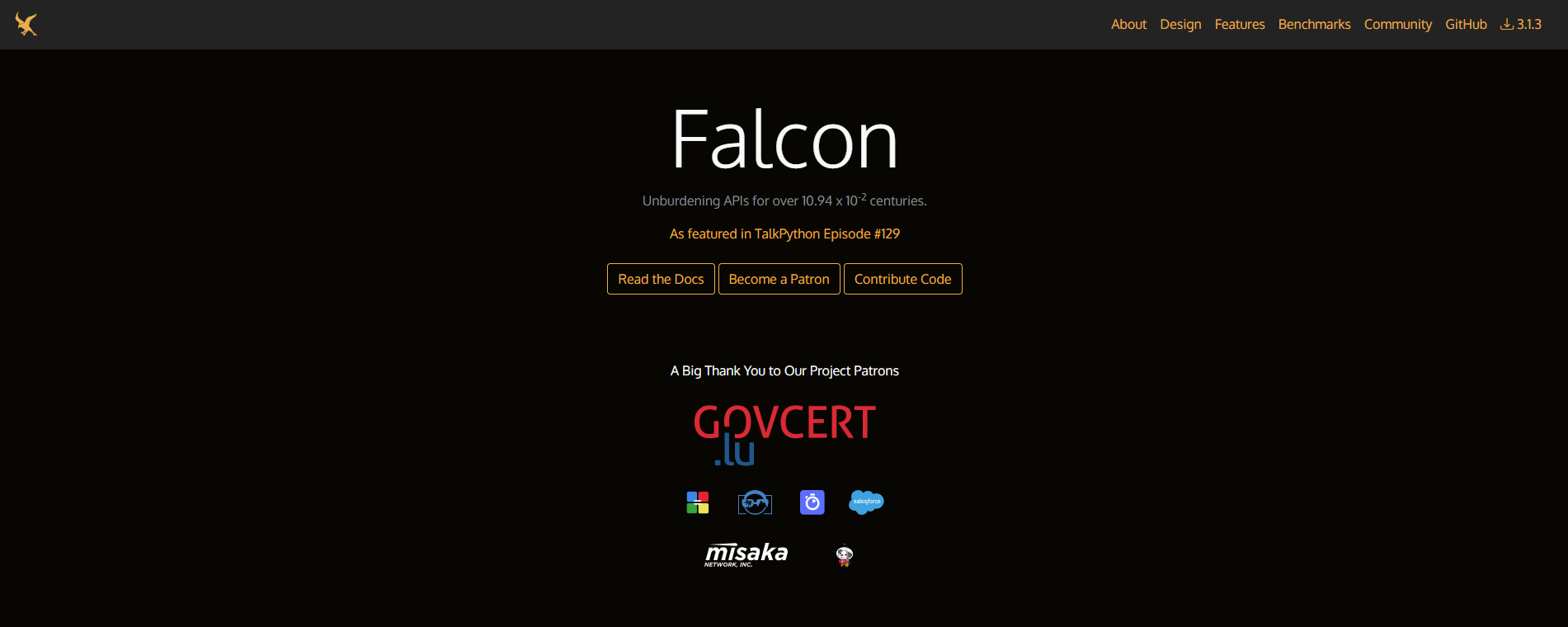
Moreover, it facilitates rapid unit testing with WSGI helpers and streamlines request processing with DRY (Don’t Repeat Yourself) principles via its middleware components. This makes Falcon an efficient and user-friendly tool for modern web application development in Python.
Prominent Examples of a Mobile Application Using Python
Python has been used to develop several prominent mobile applications, showcasing its versatility and capability in the mobile app development sphere. Here are a few notable examples.
Are you surprised that some most popular social brands build an iOS app with Python? It is absolutely no joke. With hundreds of thousands of users daily and this number is still growing, it proves that Python’s scalability is endless.

The Instagram application is highly regarded by its users for its easy-to-reach user interface and the ability to interact with friends. More than that, its story feature is regularly renewed and it encourages users to participate in creating unique and interesting content, filters, and visuals.
Pinterest is one of the most popular social networking sites today. Therefore, it is not surprising that its app is also loved and has high downloads on both iOS and Android operating systems. Similar to Instagram, users often post photos and short videos to their accounts.

Still, it focuses on sharing them more when removing some important features, such as direct messenger or comment. The Python framework that Pinterest used to develop its app was Django which rapidly deals with a bunch of content.
Spotify
Spotify currently tops the world’s largest streaming services chart with annual sales of up to €5 billion. Using the Python programming language, the Spotify app solves the problems related to data analysis and development speed, thereby stepping up to become the market leader. Users, along with that, also benefit from increasingly noticeable features, such as Discover, Radio, or Release Radar.
Disqus
Python helps the Disqus app engage the audience and intelligently drive discussions through comment moderation. That is the first and foremost cause of the popularity of this mobile application. Other factors include a wide variety of sign-in options, cross-site notifications, and enhanced security.
Dropbox
Most businesses use file-hosting services in business activities to store information and documents in a compact, efficient, and convenient way. Dropbox is one of the most well-known mobile apps for this functionality and is also available for macOS, Windows, and Linux desktops. It has high portability and can work on multiple platforms like PC, Linux, or even PlayStation.
Uber
Surely, the name Uber is not too strange to you. Millions of services are requested from Uber customers every day through its mobile application with Python, from shipping to food delivery while the app is straightforward to use. Therefore, the programming language that Uber uses to develop the application, Python, is highly appreciated by developers when it comes to handling such large amounts of data every day.
While Python was not the original choice for the Reddit mobile application, the wider access to code libraries, the scalability, and the flexible development of this programming language have caused the social news aggregator to change its mind. After that, it has become a widely popular application with more than 600 million visitors every month.
Essential Resources for Developing a Mobile Application with Python
Developing a mobile application with Python requires a combination of tools, frameworks, and resources to ensure a smooth and efficient development process. However, mobile app development with Python requires two major contributions: Time and Budget.
Time
When embarking on the journey of developing a mobile application with Python, time is your most essential resource. The amount of time required varies depending on the complexity of your app idea and your proficiency in programming. For professional developers, the average time to create a mobile app in any language is typically around three months.

For beginners or those still learning, the process will understandably take longer. An optimistic estimate is that it takes at least two months just to learn the basics of Python, according to CareerCarma research, a valuable resource for Python learners. This platform offers tutorials and information on where to find free Python app development courses.
If you’re planning to undertake a project independently, it’s crucial to meticulously plan each development stage. Here’s a general timeline:
- Defining the Project (Briefing): Allow 7-14 days to work out a detailed brief for the developers.
- Assembling a Team: Finding a competent team could take about a month.
- UX/UI Design: Designing the user experience and user interface might span 1.5 to 3 months.
- Development Process: The actual coding and development phase can take around 3 months.
- App Store Release: Launching the app on platforms like the App Store can take up to 14 days.
Altogether, the entire process from conception to release could extend up to about 8 months. This timeline underscores the commitment and planning required for mobile app development, especially for those new to the field or working independently.
Budget
When developing a mobile application with Python, budget is a critical resource to consider. The final cost of your project hinges on several factors:
- Complexity of the Task: Simpler projects require fewer programmers, which can lower your overall expenses. The complexity of the task dictates the level of expertise needed, and consequently, the cost of the professionals you hire.
- Location of Developers: The geographical region of your developers plays a significant role in determining costs. For example, hiring a developer based in the United States may be more expensive than hiring one from Europe or India. This disparity is often due to the differing living costs and wage expectations across regions.
To potentially reduce costs, you might consider hiring remote specialists from countries with lower salary expectations. However, this approach comes with its own set of challenges, such as navigating language barriers and the inability to have in-person meetings for project discussions.
Conclusion
Python is one of the most popular programming languages today with simple and beginner-friendly programming, creating favorable conditions for users to realize breakthrough ideas about mobile apps, and promoting an online business on mobile. If you love developing a mobile application with Python, don’t hesitate to inspire others by liking and sharing this article. Feel free to reach out to us with any questions about types of mobile application or visit our website for further information.











